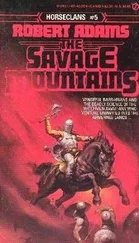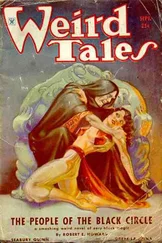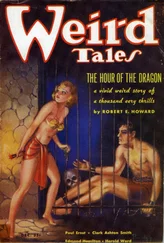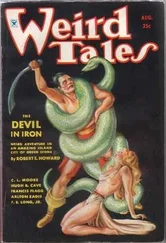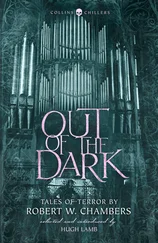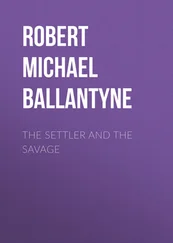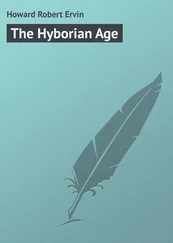Several critics have noted that Howard's writing can be divided into “periods.” Though they overlap to a degree, these periods, which seemed to last two to three years each, may reveal something about Howard's writing style and methods. The most well-defined periods are those during which he wrote boxing stories, culminating in the Steve Costigan series; heroic fantasy stories, culminating with Conan; oriental adventure stories, culminating with the El Borak tales; and western stories – he was still “in” this period at his death. A close reading of Howard's letters and stories, and placement of these along a timeline, reveals that he would develop an interest in a subject, read about it avidly, immerse himself in it so thoroughly that he virtually adopted a new identity (a persona, the “voice” through which a writer speaks, not to be confused with the writer's own personality), whereupon he would begin, at first tentatively and then with increasing confidence and vigor, to write about the subject in this new “voice.” While something of the pattern can be seen from his early writing, it is most vivid beginning with his “boxing” persona, Steve Costigan.
Howard's passion for boxing is attested as early as age nine. He boxed with his friends at any opportunity, and in his late teens may have occasionally assisted in promoting fights at local clubs in Cross Plains. While working at the soda fountain at Robertson's Drug Store, he developed a friendship with one oil-field worker who introduced him to the amateur fighters at the local ice house, and he became a frequent participant in these bouts. Between 1925 (at the latest) and 1928, he put himself through a weight and strength program, and took on really heroic proportions. He read avidly about prizefighters, and attended fights whenever and wherever he could. By early 1929 he had begun writing and submitting boxing stories, though his first efforts mingled boxing with weird themes. (This was another of his patterns: when trying out a new literary field, he would often use characters, settings or themes with which he was already comfortable.) With the first Steve Costigan story, “The Pit of the Serpent,” in the July 1929 Fight Stories, he had found a market that would prove as steady for him as Weird Tales, at least until the Depression knocked out Fight Stories and its companion magazine, Action Stories, in 1932.
The same weekend he met Harold Preece in Austin, Howard had bought a copy of G.K. Chesterton's book-length epic poem, The Ballad of the White Horse, which brings together Celts, Romanized Britons, and Anglo-Saxons under King Alfred in a battle of Christians against the heathen Danish and Norse invaders of the 9th century. Howard enthusiastically praised the poem in letters to Clyde Smith, sharing lengthy passages. It apparently inspired him to begin work on “The Ballad of King Geraint,” in which he brings together representatives of various Celtic peoples of early Britain in a valiant “last stand” against the invading Angles, Saxons, and Jutes. Chesterton's idea of “telescoping history,” that “it is the chief value of legend to mix up the centuries while preserving the sentiment,” must have appealed to Howard greatly, for this is precisely what he did in many of his fantasy adventures, particularly in his creation of Conan's Hyborian Age, in which we find represented many different historical eras and cultures, from medieval Europe (Aquilonia and Poitain) to the American frontier (the Pictish Wilderness and its borderlands), from Cossacks (the Kozaki) to Elizabethan pirates (the Free Brotherhood). Howard “mix(ed) up the centuries while preserving the sentiment”: this “telescoping” allowed him to portray what he saw as universal elements of human nature and historical patterns, as well as giving him virtually all of human history for a playground.
When Howard discovered that Harold Preece shared his enthusiasm for matters Celtic, he entered into his “Celtic” phase with his customary brio. His letters to Preece and to Clyde Smith from 1928 to 1930 are full of discussions of Irish history, legend, and poetry – he even taught himself a smattering of Irish Gaelic, and began exploring his genealogy in earnest. Irish and Celtic themes came to dominate his poetry, and by 1930 he was ready to try out this new persona with fiction. In keeping with his general tendency to use older work as a springboard to the new, he first introduced an Irish character into a story featuring two earlier creations – Cormac of Connacht is often overlooked as one of the “Kings of the Night,” overshadowed by the teaming up of Bran Mak Morn and King Kull, but the story is told from the Irish king's point of view. During 1930 Howard wrote a number of stories featuring Gaelic heroes, nearly all of them outlawed by clan and country.
In June 1930 Howard received a letter from Farnsworth Wright informing him that Weird Tales planned to launch a companion magazine dealing with oriental fiction, and asking him to contribute. This request rekindled the author's avid interest in the Orient, particularly the Middle East, and he produced some of his finest stories for the new magazine (originally titled Oriental Stories, later Magic Carpet). But while these stories were set during the Crusades, or periods of Mongol or Islamic conquests, they inevitably featured Celtic heroes.
Also in June 1930, Howard wrote to Farnsworth Wright in praise of H.P. Lovecraft's “The Rats in the Walls,” which had just been reprinted in Weird Tales. In the letter, he noted the use of a phrase in Gaelic, suggesting that Lovecraft might hold to a minority view on the settling of the British Isles. Wright sent the letter on to Lovecraft, who frankly had not supposed when he wrote the story that anyone would notice the liberty he had taken with his archaic language. He wrote to Howard to set the record straight, and so began what is surely one of the great correspondence cycles in all of fantasy literature. For the next six years, Howard and Lovecraft debated the merits of civilization versus barbarism, cities and society versus the frontier, the mental versus the physical, art versus commerce, and other subjects. At first Howard was very deferential to Lovecraft, whom he (like many of his colleagues) considered the pre-eminent writer of weird fiction of the day. But gradually Howard came to assert his own views more forcefully, and eventually could even direct withering sarcasm toward Lovecraft's views, as when he noted how “civilized” Italy was in bombing Ethiopia.
These letters provide a vast store of information on Howard's travels and activities during these years, as well as his views on many subjects, and in them we see the development of the persona that would come increasingly to dominate Howard's fiction and letters in the last part of his life, “The Texian” (a term used for Texans prior to statehood). Lovecraft, and later August Derleth, with whom Howard also began corresponding, strongly encouraged Howard's growing interests in regional history and lore, as did E. Hoffmann Price, with whom Howard was already corresponding in 1930 and who was the only writer of the Weird Tales group to actually meet him in person. It is unfortunate that this persona did not have a chance to develop fully by the time of Howard's death. The evidence of his letters suggests that he might have become a great western writer.
Even before Howard bought his own car in 1932, he and his parents had made many trips to various parts of Texas, to visit friends and relatives, and for his mother's health, which was in serious decline. After he bought his car, he continued to travel with his parents, but made a few trips with his friends, such as Lindsey Tyson and Truett Vinson. His travels ranged from Fort Worth to the Rio Grande Valley, from the East Texas oil fields to New Mexico. His letters to Lovecraft contain a good deal of description and discussion of the geography and history of these places, and are highly entertaining in their own right, apart from being windows into Howard's life.
Читать дальше

